Download Lesson Pack
How to Be a Team Player Online
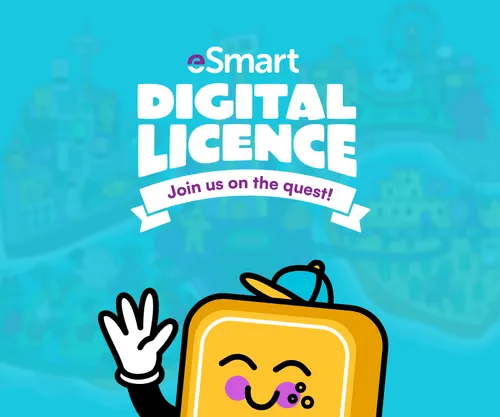
Child Safeguarding Statement
Some resources and activities may prompt a child to remember and potentially share an experience of harm. Make sure you’re familiar with your school's safeguarding policies and procedures so you can confidently report safety and well-being concerns.
Prepare students for the session by discussing: their right to be safe and respected; what to do if discussing online safety makes them feel uncomfortable or unsafe; and how to seek help if they feel or have felt unsafe. Use this resource available on the website.
How to Be a Team Player Online
Learners explore how positive behaviour—like respect, kindness, and fairness—helps create safe online spaces.
Lesson details
Conduct
About this Risk Area
The behaviour children and young people engage in online.
Example topics:
- Cyberbullying awareness and prevention strategies.
- Practicing kindness, empathy, and respectful communication online.
- Understanding the consequences of digital actions, including what can be deleted and what cannot be deleted.
- Respecting online community guidelines and fostering a positive online environment.
The resources for this risk area guide positive online behaviours, by promoting kindness, respect, and responsible digital citizenship.
In this lesson, learners will explore the importance of positive behaviour in online spaces. They will learn how to identify and maintain good conduct, both in games and online activities, and understand what to do if someone breaks the team rules. Through group discussions and activities, learners will connect their actions to the values of respect, kindness, and fairness.
This lesson links directly to the United Nations Convention on the Rights of the Child (UNCRC) by helping students see how positive online behaviour protects their rights. Specifically, it connects to Article 12 (the right to express opinions freely), Article 16 (the right to privacy), and Article 31 (the right to play and enjoy safe activities). By understanding these rights, students will learn how treating others with respect and fairness online contributes to protecting everyone’s rights.
Learning Intentions
Leaners will:
- Learn why it's important to behave well online and what actions can be taken if team rules are not followed.
- Link positive online behaviours to the United Nations Convention on the Rights of the Child (UNCRC) and explain how these behaviours help protect children’s rights in online spaces.
These intentions are evidenced when learners can:
- Identify at least one value that helps to create a positive online environment, and explain why.
- Identify at least one positive action they can take as individuals to create a positive online environment and explain how this links to the UNCRC.
Educators will:
- Help learners understand why positive behaviour online is important.
- Show learners how behaving well online helps protect children's rights, as stated in the UNCRC.
These intentions are evidenced when educators can:
- Make evidence-based suggestions for how to keep online spaces positive and safe.
- Lead discussions where learners can connect their online behaviour to team values and understand how it relates to their rights.
Curriculum alignment
Australian Curriculum (Version 9.0)
The Australian Curriculum outlines the fundamental knowledge, comprehension, and abilities students are expected to acquire as they advance through the initial 11 years of schooling.
Years 5 & 6: Health and Physical Education
- AC9HP6P06: Apply strategies to manage emotions and analyse how emotional responses influence interactions.
- AC9HP6P08: Analyse and rehearse protective behaviours and help-seeking strategies that can be used in a range of online and offline situations.
- AC9HP6P10: Analyse how behaviours influence the health, safety, relationships and wellbeing of individuals and communities.
- AC9HP6M06: Propose and explain strategies to increase physical activity and reduce sedentary behaviour levels in their lives.
My Time, Our Place – Framework for School Age Care in Australia
This framework assists educators to provide children and young people with opportunities to maximise their potential and develop a foundation for successful lifelong learning. The Framework has been designed for use by approved providers and school age care educators working in partnership with children and young people, their families and the community, including schools.
Outcome 1: Children have a strong sense of identity.
Children develop confidence in their ability to interact positively with others in online spaces by understanding the values that underpin respectful and collaborative teamwork. This is evident when children:
- Reflect on how their behaviour in online spaces demonstrates their personal values and principles.
Outcome 2: Children are connected with and contribute to their world.
Children explore how positive online behaviour contributes to building respectful and cooperative digital communities. This is evident when children:
- Recognise the importance of rules and codes of conduct in creating safe and supportive digital spaces.
Outcome 5: Children are effective communicators.
Children use their knowledge of teamwork values and digital etiquette to communicate effectively and build positive relationships in online environments. This is evident when children:
- Use appropriate language and strategies to resolve conflicts and support others in online spaces.
CASEL Framework
This Framework creates a foundation for applying evidence-based, Social and Emotional Learning (SEL) strategies both at school and in the broader community. Its aim is to support the cultivation of SEL skills and environments that advance students’ learning and development.
Self-Awareness
The lesson helps learners reflect on their own values and how they influence behaviour in online spaces.
This is evident when learners:
- Identify their personal strengths and values, such as respect, kindness, and fairness.
- Reflect on how their behaviour in digital spaces demonstrates these values.
- Recognise how their contributions to teamwork affect the overall dynamic of online interactions.
Bournemouth University Theory of Change
This project, funded by the Department for Digital, Culture, Media and Sport (DCMS) as part of the UK government's Online Literacy Media Strategy, aims to empower people to stay safe online by being able to critically evaluate what they see and read on the internet. It offers a transferable and sustainable framework and methodology that can not only be used for the independent evaluation of media literacy projects but also to inform their future design.
- Capabilities: This is where we use our media literacy more actively for particular purposes in our lives, rather than as passive consumers of information and content. Media literacy capabilities range from access changes, the application of more critical or mindful decision making when receiving information, the use of fact-checking of information or sources, more informed attitudes to sharing content and information, or getting directly involved in the media ecosystem as creators of media content.
National Association of Media Literacy Education (NAMLE)
The NAMLE Framework outlines the foundational concepts and principles for teaching and learning about media literacy. Media literacy, as defined by NAMLE, is the ability to access, analyze, evaluate, create, and act using all forms of communication.
Core Principle 1
- 1.1: MLE encourages learners to ask critical questions about the media they engage with.
- 1.2: MLE intersects with other literacies, such as social and emotional literacy.
Core Principle 2
- 2.1: MLE encompasses digital, social, and interactive media.
- 2.3: MLE integrates emotional and physiological responses to media.
Core Principle 3.
- 3.1: MLE equips learners with transferable skills for analysing and creating positive online interactions.
Core Principle 4
- 4.1: MLE helps learners understand the social norms and values promoted through media.
- 4.3: MLE examines the role of media in shaping behaviour and expectations.
Core Principle 6
- 6.1: MLE promotes responsible and ethical behaviour in online interactions.
- 6.3: MLE encourages collaborative problem-solving and dialogue.



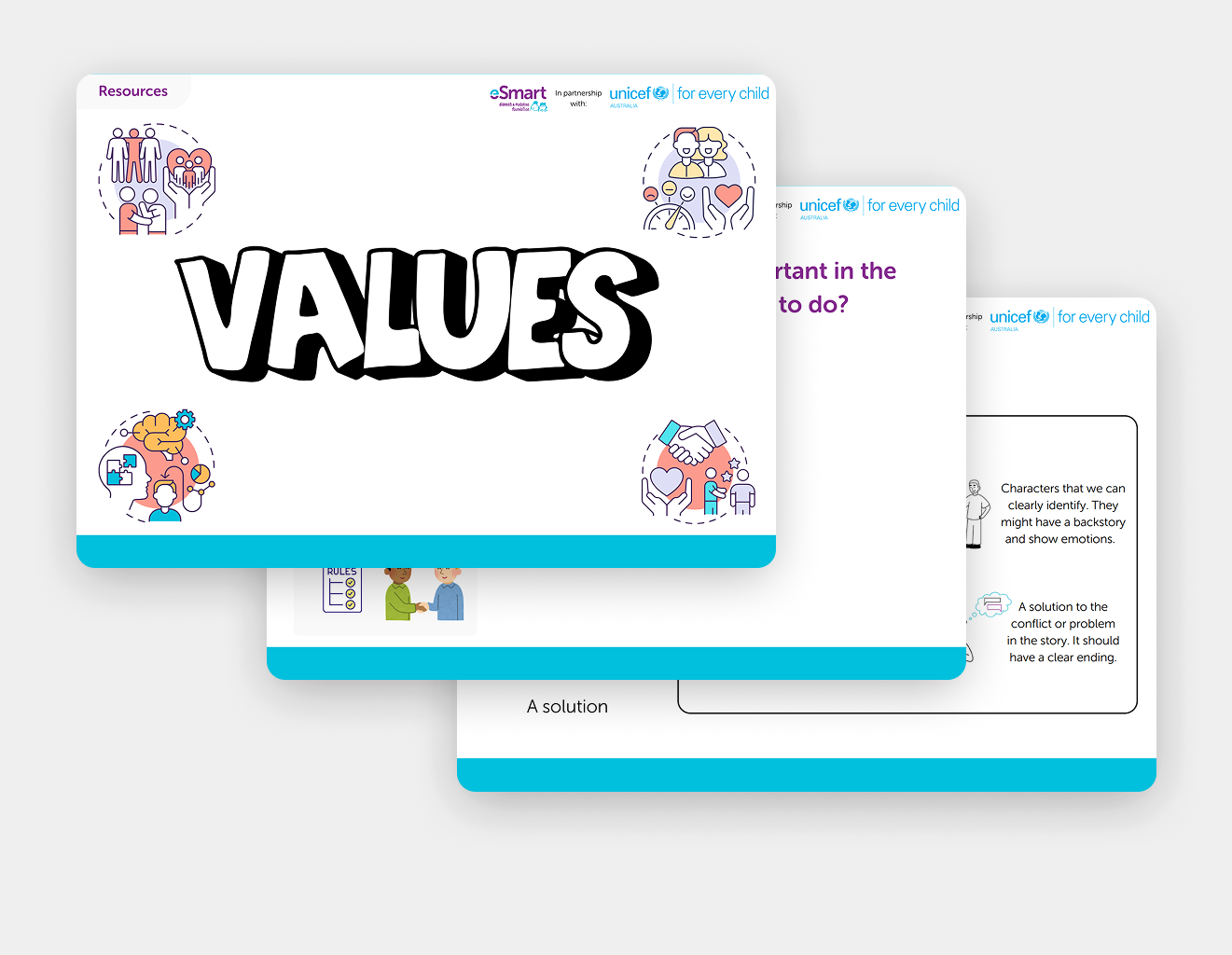
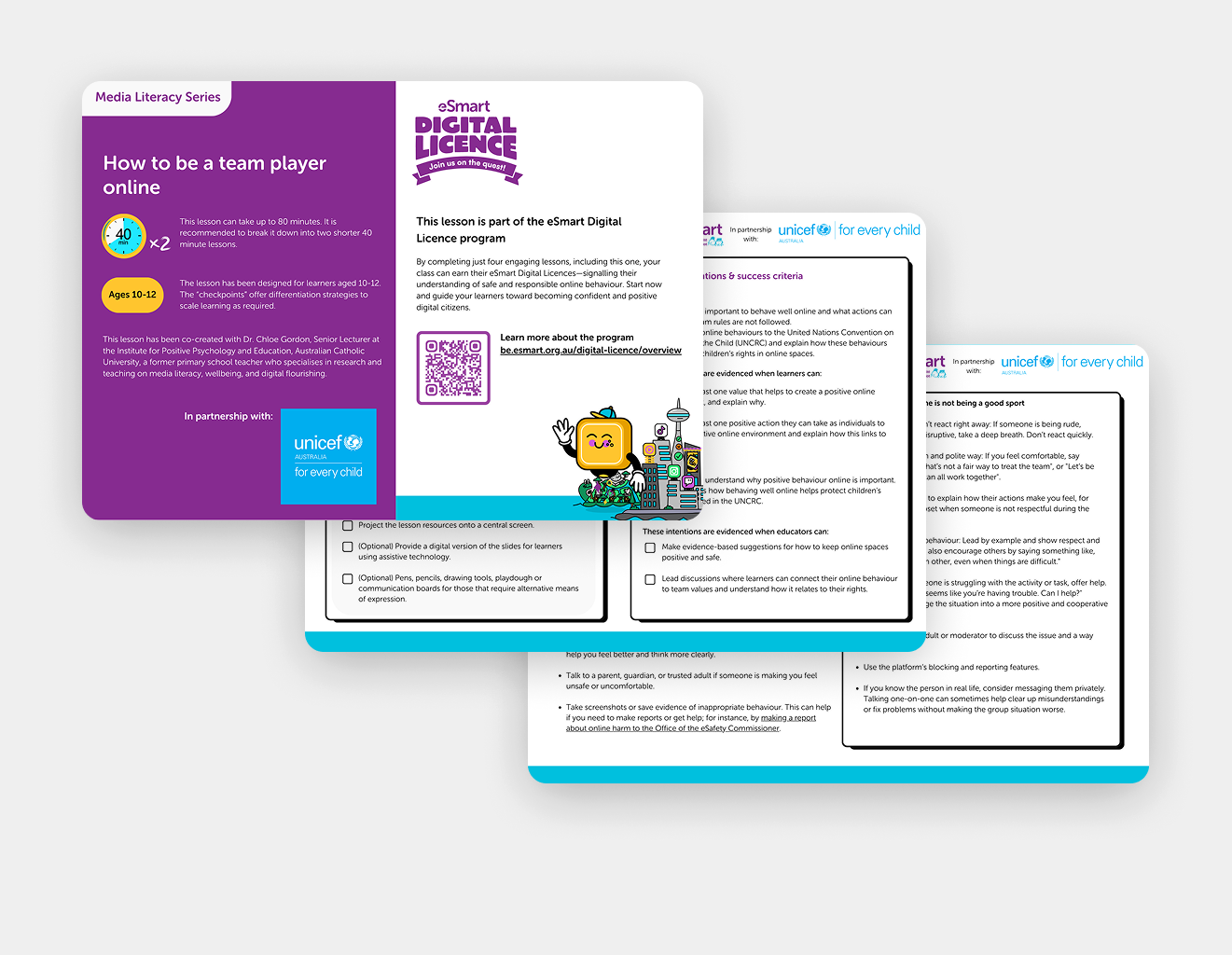
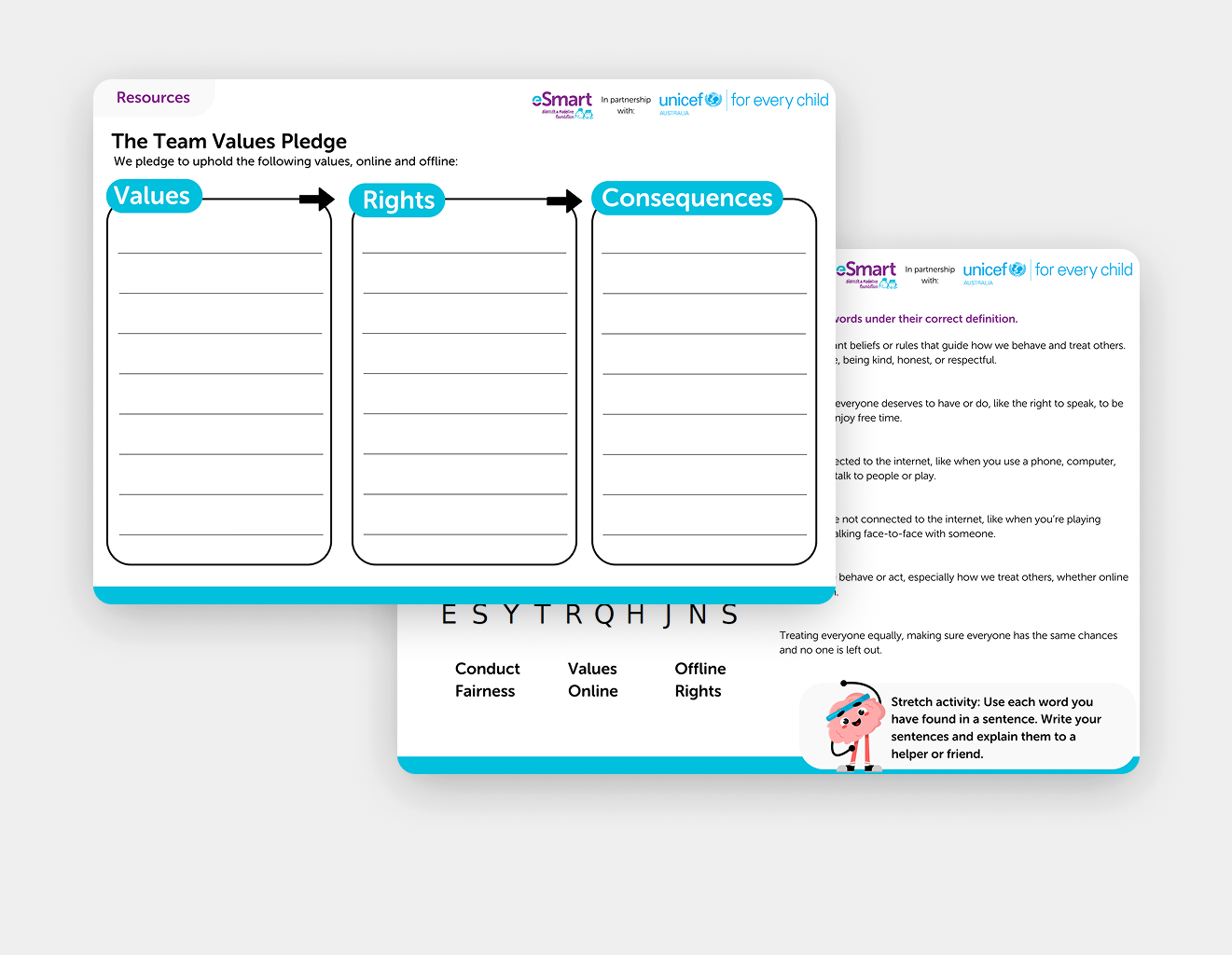
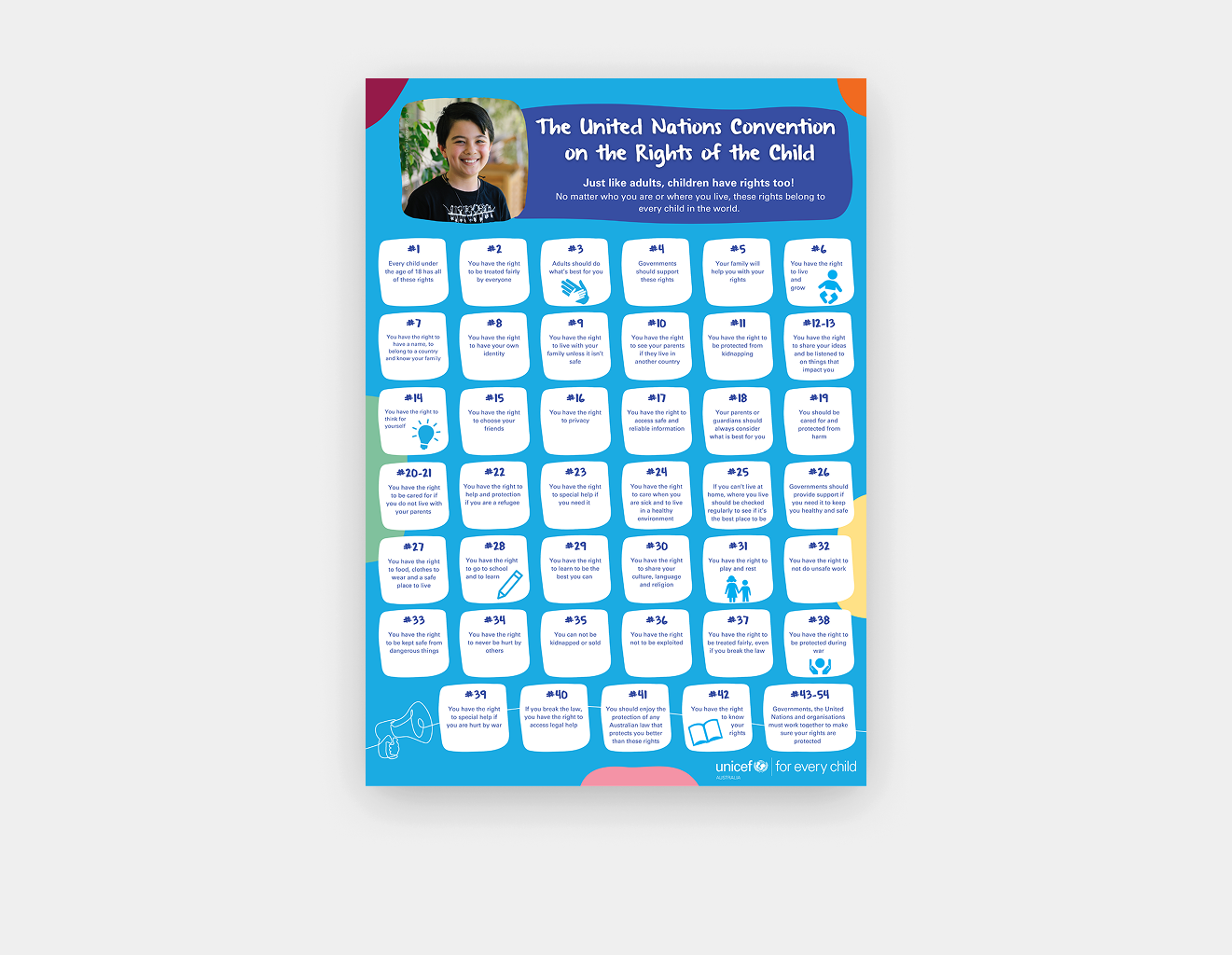
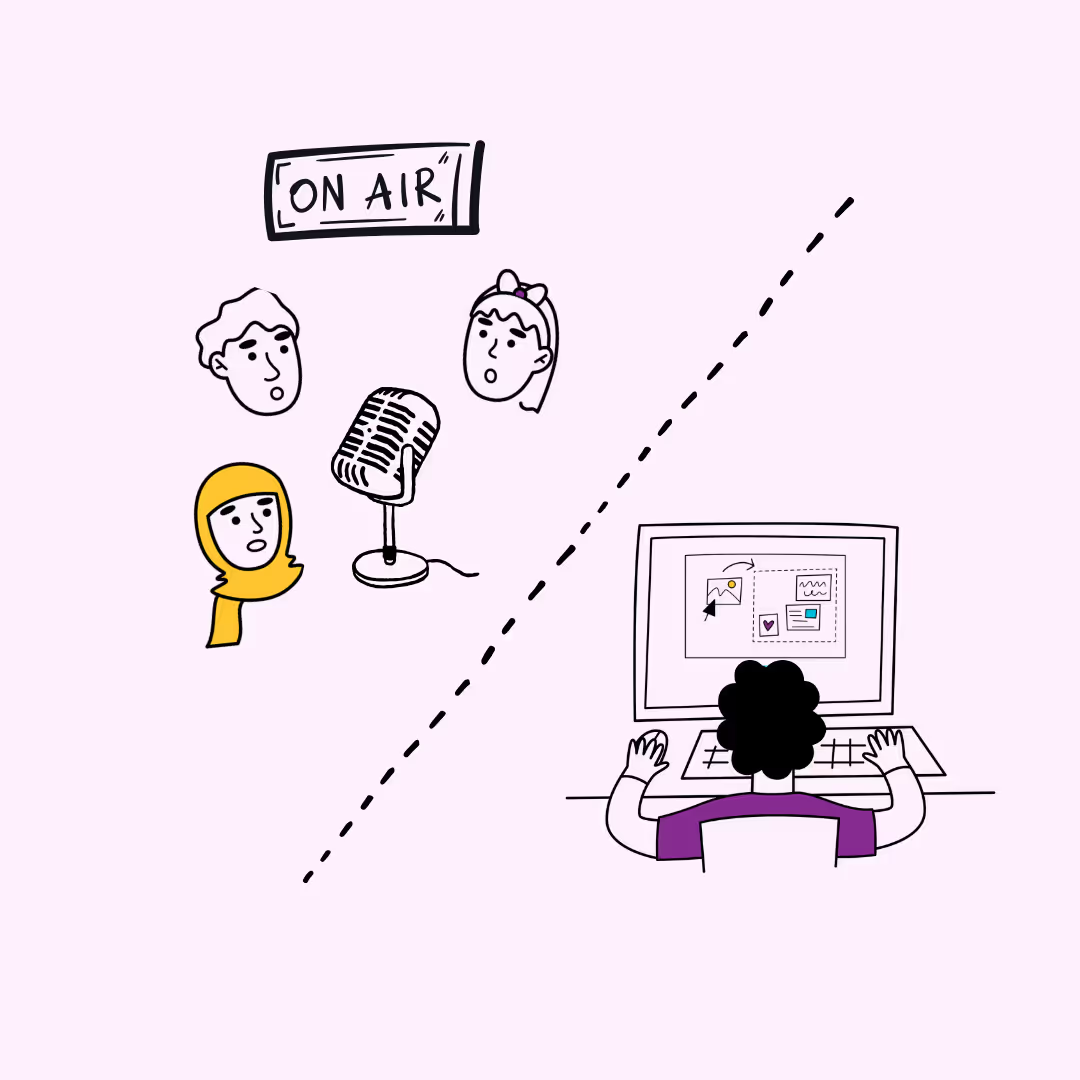
.avif)
.avif)